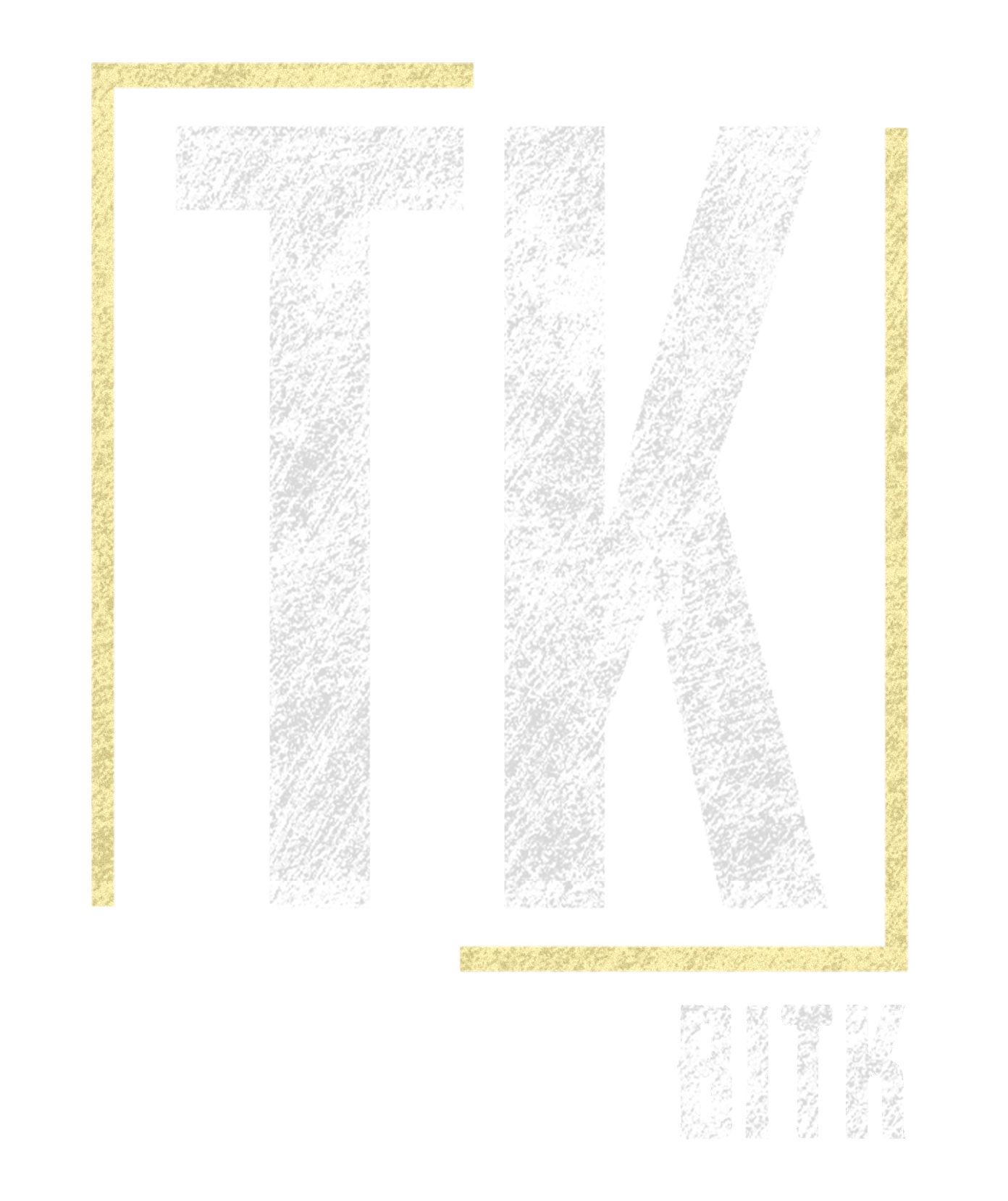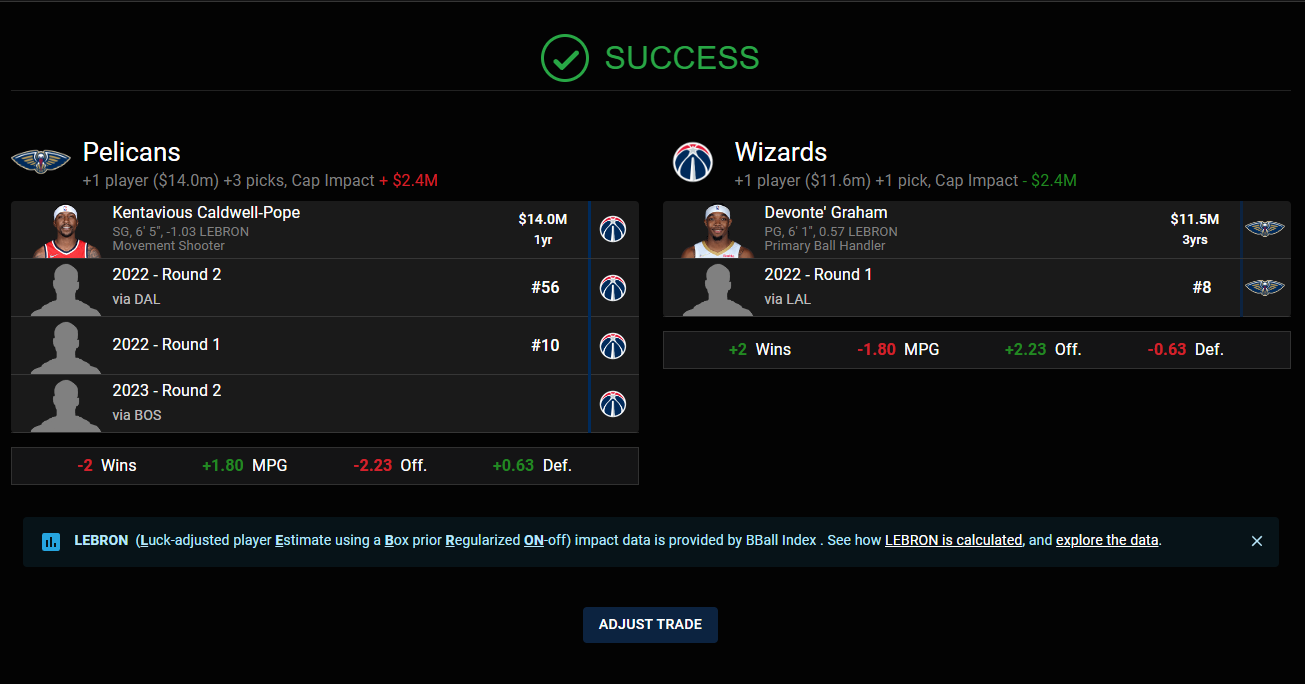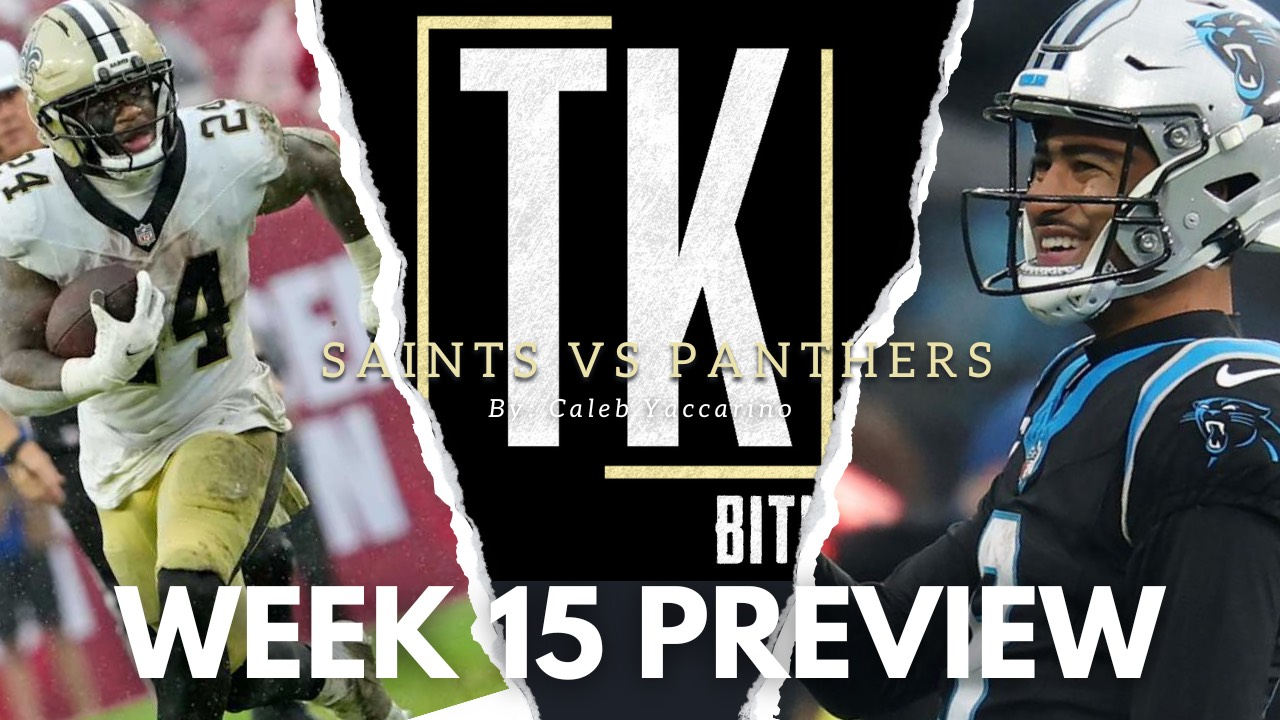2022 Mock Draft
Trading Back?
A lot of people like Dyson Daniels or Shadeon Sharp at 8, I do too, just not for the Pelicans. I would love to see the Pelicans extract some value out of 8, and move on from Devonte Graham. I believe a change of scenery(again) will be great for Graham and by swapping for KCP we have the option to move him at the deadline which will free up some cap space on an expiring deal. In terms of making sense, I think Graham being more of a needs the ball versus catch and shoot guy makes sense next to someone like Beal. On the flipside, I envision KCP sliding in greatly next to Jose Alvarado so when the bench is out there Alvarado can run the point with a great catch and shoot guy like KCP. I also believe the backcourt of KCP and Jose Alvarado would bolster the defense on the backup guards as KCP has had a "defensive rating" of 110 or higher the past two years.
Who do we take?
This isn't a pick I think a lot of people love at 10, but I personally do. AJ Griffin. He is about the same height as Sharp and Daniels at 6'6, but a completely different player having nearly 40-50 pounds on both of the guards and listed at SF. A lot of experts have the Knicks taking Griffin at 11, so the petty in me loves this move for that reason plus a lot more. A few non-stat related bonuses? Duke, Duke, Duke. You have two absolute stars on the roster right now that are products of Duke that I don't have to name but I will, Brandon Ingram and Zion Williamson. What a better way to build your future big 3 by bringing in some college comradery? He is big, and will likely need help learning how to play with his smaller height, but bigger frame, who better to teach that then someone who has dominated when he has been on the court in Zion? He may not be as big as Zion or as slender as Ingram, but if their two skillsets could somehow be combined into him... his picture would appear in the dictionary next to "Dangerous".
Why I am sold on Griffin at 10:
For starters, we do not need someone to come in and make an immediate impact which feels crazy to say but for once it is true. Griffin comes from basketball, he was raised around it and if you watch his game it shows. His dad, Adrian Griffin, came into the league in 1999 and has remained since making the change from player to coach in 2008 where he has been since. Griffin also made 45% of his 3-Point attempts shooting right above 4 a game at Duke. If you watch his highlights or film you can see he really understands and lets the game come to him at his own pace which is impressive for an 18 year old. He isn't as big as Zion, or as agile as Ingram, but due to this unique size if you try and guard him small he will overpower and if you go big his first step and threat at the 3 will open him up for an attack at the rim with beautiful court vision for passing he displayed in the NCAA Tournament. Even better, he is 18 until August, he adds another great youthful piece that doesn't feel like a "project".
The Concern for Griffin:
His defense leaves something to be desired but as a one and done player out of Duke this is something that is expected. Herb Jones was an anomaly as a rookie coming out playing like a seasoned vet on the defensive side. Griffin will need to work on his footwork and stop relying so much on his length and size to guard smaller guys like he did in his career before the NBA because a lot of wings will be faster than him. The NBA is a faster game no matter which way you look at it, so this may be a detriment on the offensive and the defensive side. His first step does leave something to be desired, but with his three point shot being a threat if he develops an effective pump fake or utilizes his jab step like he did at Duke this should be easy enough to get over.
Either way:
I am excited. This is the first time in a long time that I have looked at the draft board and thought "We could trade this all away for a star like Murray and I wouldn't be sad". We have youth, we have vets, we have a big 3, we have wing defenders. It feels like we have what it takes to make a solid run right now with Zion's return and desire to stay in New Orleans. No matter what happens, I trust in this front office more than I think I ever have.
A quick share helps us a lot!



